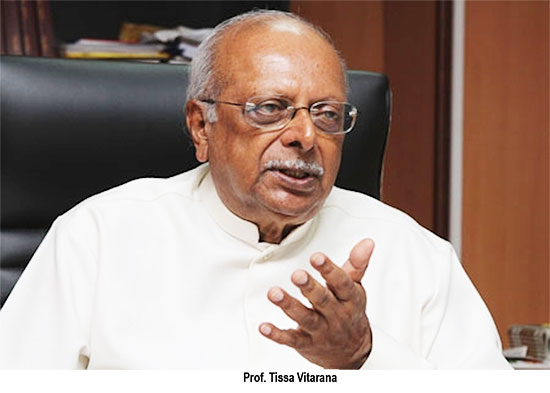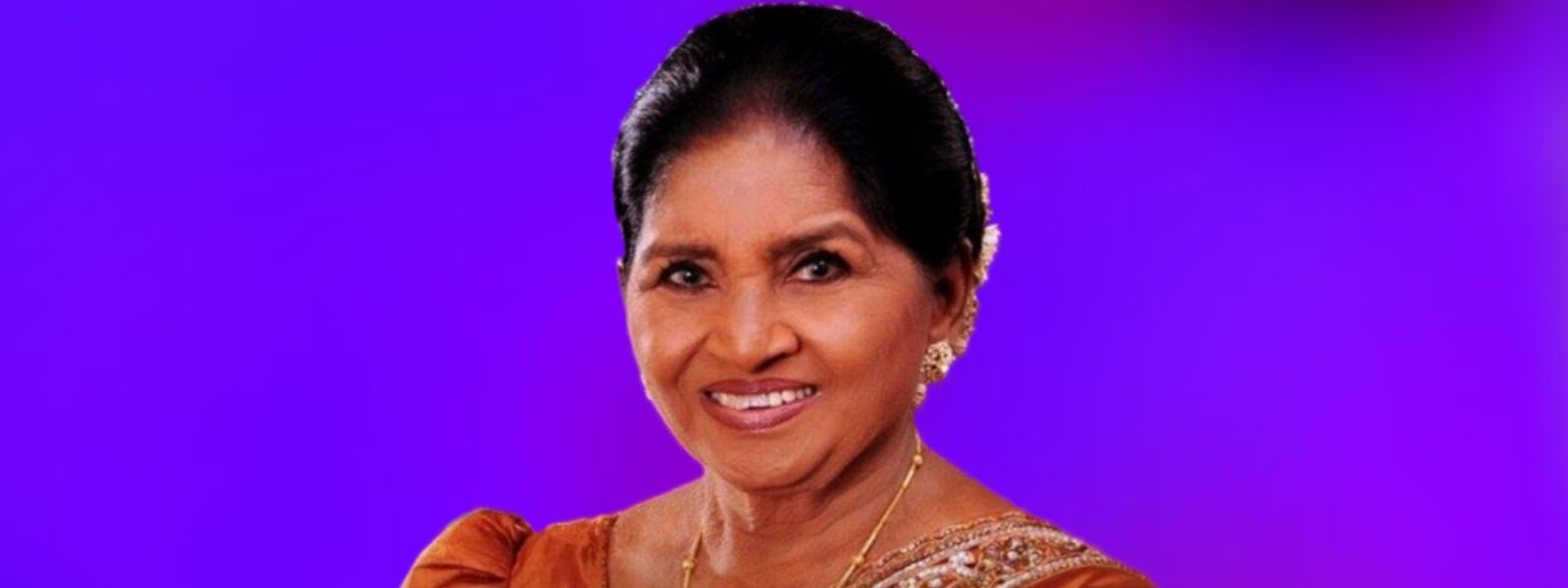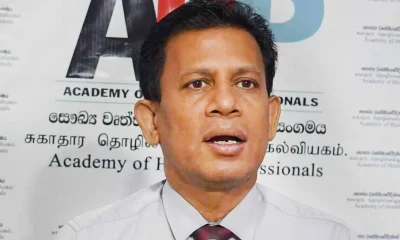News
Steep increase in Covid deaths and cases demand urgent action by whole community

The Covid-19 pandemic is gathering momentum at an alarming rate. There has been a steep rise of deaths and cases specially after the Delta strain became widespread not only due to the more rapid spread but also the increased severity of the Delta strain. But efforts are being made to downplay this danger.
The Government report of July 29 states that up to then the total confirmed cases was 304,202, and that 26,448 active cases were in hospitals. On that day, there were 2,329 new cases and 66 deaths. The total deaths recorded up to then was 4,324.
Even the daily figures up to then showed an increasing trend of both deaths and new cases. But as everyone knows many more people are falling ill and dying at home, without going to hospital. One can speculate that the real number is two or three times more than the official figures. It is also estimated that about 80% of those who are infected are asymptomatic (that is they do not show any illness), but they too are infectious. Thus, the situation is explosive, but our society is functioning near normal, and people are collecting in large groups at parties, weddings, meetings, and public transport like buses are overloaded. This is mainly in towns, specially in Colombo and the Colombo district.
In the last 10 days, the tendency for people to gather in groups of 10 or more has also increased. If this is allowed to continue, there will be an explosive pandemic with many thousands of deaths.
Suitable Plan for Sri Lanka – The situation will get out of hand unless the whole Sri Lankan community and the Government act with vigour strictly according to a precise plan. Everyone will have to fall in line with this plan. Given below are some highlights of a suitable plan.
(a)
Make everyone aware that the virus is in the whole community and that each person can be infected by any other person. Therefore, each person is in danger and must protect him/herself. To get this across, an intensive program of health education must be carried out by every available communication channel.
(b)
To achieve this objective every person must avoid crowds. (10 people or more)
(c)
Social distancing – ensure that the distance between any two people exceeds one meter (preferably two meters).
(d)
Ensure that everyone wears a proper mask whenever he/she leaves their home. Even at home, if there is a visitor the mask should be worn.
(e)
Any article touched by another person may have live virus. Anyone else who touches that article should promptly wash his/her hands applying soap for at least 20 seconds.
(f)
To ensure that the above objectives are observed, Covid Committees should be set up in all villages, groups of slum dwellings, offices and work places.
(g)
The above Covid Committees should also spot any sick persons who might be having Covid symptoms and promptly dispatch them to a doctor or hospital. They must obtain the PCR report as soon as it is ready and if it is positive ensure that all contacts are quarantined in the house.
(h)
The Covid Committee must carry out intensive health education among all the people. This should be supported by colorful easily understood messages about the virus and its behavior and how to safeguard oneself illustrated by cartoons.
Vaccines
– If an effective safe vaccine becomes available, it should be used widely and selectively. Unfortunately, this has not yet been achieved because, on an average, it takes 5-7 years of research to produce an effective and safe vaccine.
(a)
As there was a big demand for vaccines, many have been put into the market within a short period of less than one year without adequate safety and efficacy testing.
(b)
Vaccines like AstraZenica, Covishield and Sputnik-V use a proven vaccine technology based on the Adeno virus as a vector, and should be safe and have reasonably high efficacy.
(c)
The Chinese vaccines are based on use of killed virus or attenuated virus like Sinopharm, which use the whole virus but without there being alive or able to cause infection. These are safe but the efficacy may be lower. This is also a well tried technique in vaccine production.
(d)
The Pfizer and Moderna vaccines produced in the USA are mRNA vaccines. This is a new technology which has not been used before in vaccine production and also transfers viable genetic material. These have been shown to give good protection. But their safety is questionable. The introduction of genetic material through the vaccine may lead to and have an effect on our genes, even several generations later, that can be harmful. I am not in favor of their use.
4. Vaccine schedule for Sri Lanka- if Sri Lanka was a rich country, it could have given two doses of any of the above recommended vaccines. However, we have limited resources. The WHO gave us sufficient recommended vaccines as a gift to immunize 20% of our population. It would be best to give these vaccines to the vulnerable groups (that is the groups that are liable to develop severe disease and even die). The vulnerable groups are,
(a)
Frontline workers – such as doctors, nurses, attendants, ambulance drivers etc. (b) Those over 60 years of age. (c) Those with comorbidities (severe chronic lung & heart diseases, diabetes etc.)
There may be those over 60 years, over 30 years, under 30 years or children in that order according to availability of vaccine. (The above vulnerable group of three categories must be given the vaccine even if it is necessary to be bought from the manufacturers).
5. Non-vulnerable group – All the others need not be vaccinated at state expense. Those who can afford could get vaccinated. But for children under 12 years vaccination is not indicated.
Prof. Tissa Vitarana
Latest News
Interment of singer Latha Walpola at Borella on Wednesday [31st]

Family sources have confirmed that the interment of singer Latha Walpola will be performed at the General Cemetery Borella on Wednesday (31 December).
News
Western Naval Command conducts beach cleanup to mark Navy’s 75th anniversary

In an environmental initiative commemorating the 75th anniversary of the Sri Lanka Navy, the Western Naval Command organized a cleanup programme at Galle Face Beach on Saturday (27 Dec 25).
The programme focused on the removal of substantial solid waste littering the beachfront, including accumulated plastic and polythene debris. All collected wastey was systematically disposed of utilizing methods designed to safeguard the sensitive coastal ecosystem.
Demonstrating a strong commitment to the cause, the cleanup effort saw the participation of the Commander Western Naval Area and a group of over 200 naval personnel.
News
Environmentalists warn Sri Lanka’s ecological safeguards are failing

Sri Lanka’s environmental protection framework is rapidly eroding, with weak law enforcement, politically driven development and the routine sidelining of environmental safeguards pushing the country towards an ecological crisis, leading environmentalists have warned.
Dilena Pathragoda, Managing Director of the Centre for Environmental Justice (CEJ), has said the growing environmental damage across the island is not the result of regulatory gaps, but of persistent failure to enforce existing laws.
“Sri Lanka does not suffer from a lack of environmental regulations — it suffers from a lack of political will to enforce them,” Pathragoda told The Sunday Island. “Environmental destruction is taking place openly, often with official knowledge, and almost always without accountability.”
Dr. Pathragoda has said environmental impact assessments are increasingly treated as procedural formalities rather than binding safeguards, allowing ecologically sensitive areas to be cleared or altered with minimal oversight.
“When environmental approvals are rushed, diluted or ignored altogether, the consequences are predictable — habitat loss, biodiversity decline and escalating conflict between humans and nature,” Pathragoda said.
Environmental activist Janaka Withanage warned that unregulated development and land-use changes are dismantling natural ecosystems that have sustained rural communities for generations.
“We are destroying natural buffers that protect people from floods, droughts and soil erosion,” Withanage said. “Once wetlands, forests and river catchments are damaged, the impacts are felt far beyond the project site.”
Withanage said communities are increasingly left vulnerable as environmental degradation accelerates, while those responsible rarely face legal consequences.
“What we see is selective enforcement,” he said. “Small-scale offenders are targeted, while large-scale violations linked to powerful interests continue unchecked.”
Both environmentalists warned that climate variability is amplifying the damage caused by poor planning, placing additional strain on ecosystems already weakened by deforestation, sand mining and infrastructure expansion.
Pathragoda stressed that environmental protection must be treated as a national priority rather than a development obstacle.
“Environmental laws exist to protect people, livelihoods and the economy,” he said. “Ignoring them will only increase disaster risk and long-term economic losses.”
Withanage echoed the call for urgent reform, warning that continued neglect would result in irreversible damage.
“If this trajectory continues, future generations will inherit an island far more vulnerable and far less resilient,” he said.
Environmental groups say Sri Lanka’s standing as a biodiversity hotspot — and its resilience to climate-driven disasters — will ultimately depend on whether environmental governance is restored before critical thresholds are crossed.
By Ifham Nizam ✍️
-

 News6 days ago
News6 days agoMembers of Lankan Community in Washington D.C. donates to ‘Rebuilding Sri Lanka’ Flood Relief Fund
-

 News4 days ago
News4 days agoBritish MP calls on Foreign Secretary to expand sanction package against ‘Sri Lankan war criminals’
-

 News7 days ago
News7 days agoAir quality deteriorating in Sri Lanka
-

 News7 days ago
News7 days agoCardinal urges govt. not to weaken key socio-cultural institutions
-

 Features6 days ago
Features6 days agoGeneral education reforms: What about language and ethnicity?
-

 Opinion7 days ago
Opinion7 days agoRanwala crash: Govt. lays bare its true face
-

 News6 days ago
News6 days agoSuspension of Indian drug part of cover-up by NMRA: Academy of Health Professionals
-

 News7 days ago
News7 days agoCID probes unauthorised access to PNB’s vessel monitoring system













